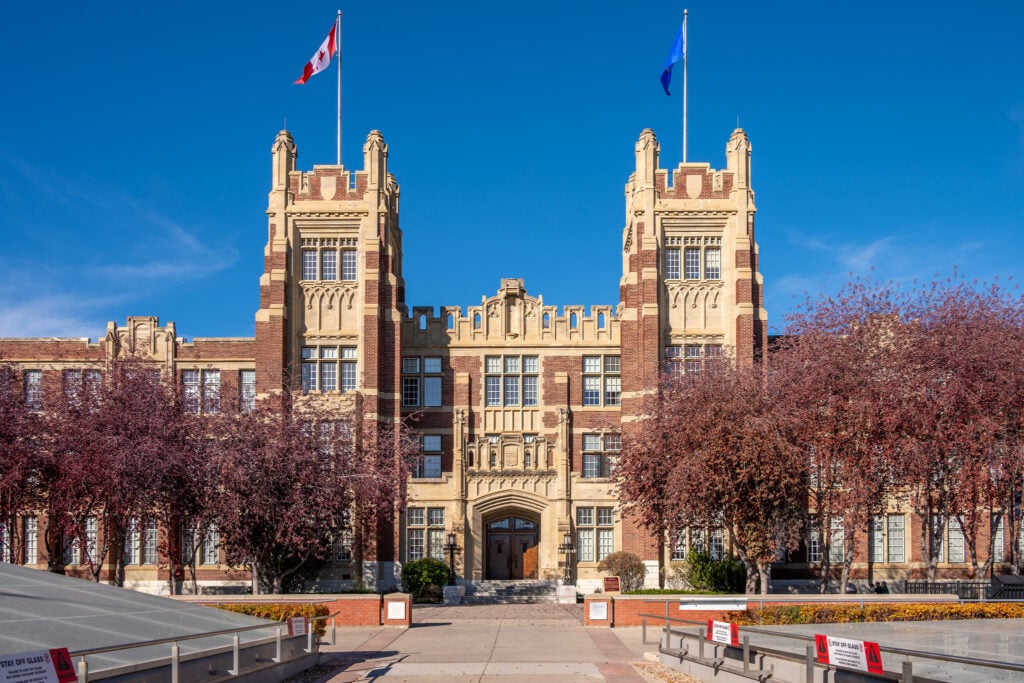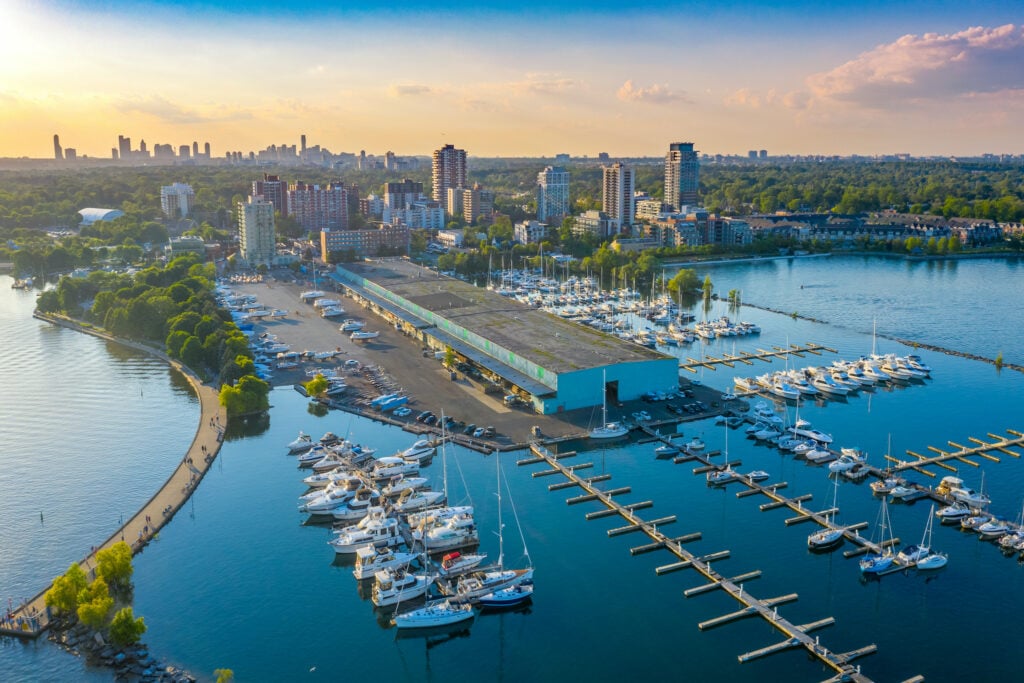Alberta is recognized the world over for its underground fossilized materials. But did you know a major city in the prairie province also has fossils locked away within its downtown core?
Many of the buildings in downtown Calgary are crafted from Tyndall limestone, taken from the Red River Formation at Garson Quarry in Manitoba.
If you look closely, you can spot a fossil or two, proof of ancient creatures who roamed the earth some 450 million years ago.
Corals, sponges, nautiloids, algae and brachiopods are all exquisitely preserved in Calgary’s infrastructure.
Some of these fossils depict the earliest signs of life on planet Earth. Here’s where to hunt for them yourself in Calgary.
Millions of years of history, perfectly preserved
Tyndall stone is used throughout Canada as an ornamental building stone. There are a number of notable locations in Canada that feature this unique material, such as the interior of Parliament, Centre Block, Confederation Hall and the Hall of Honour in Ottawa.
Calgary’s use of the iconic building material is far more common. Here, you can find Tyndall limestone on the former Eaton’s building, the John J. Bowlen Building, and even scattered around the Kensington Safeway.
A local retired geologist, Tako Koning, has been studying the Ordovician fossils locked away in the Tyndall stone in Calgary for the past few decades.
He’s even recently hosted some free community walking tours, sharing his knowledge and passion for these fascinating ancient rocks.
Where to hunt for Calgary’s Tyndall Fossils
Koning’s extensive publications on the subject point to some local places where you can find evidence of these ancient critters.
The oldest Tyndall-clad building in Calgary is the Imperial Bank of Commerce (CIBC) in Inglewood, located at 1230 9 Ave. SE. The decorative Tyndall materials appear on the outside of the building, and if you bring a magnifying glass, you might find some fossils locked inside.
One of the best places to view Tyndall fossils is on the Southern Alberta Institute of Technology (SAIT) campus, between 10th and 14th Street NW. Koning has found gastropod, nautiloid and coral impressions in the 0.9 km of continuous Tyndall rock on campus.
Blocks of Tyndall also appear around the Kensington Safeway, which are often used as benches for local pedestrians. Look more closely and you might catch impressions of sea sponges and honeycomb corals in the rock.
If you’re on the hunt for fossils, it’s best to bring a friend along with you. After all, two is better than one when it comes to spotting echoes of these historic creatures. Keep your eyes peeled!
Recent Posts:
The history behind this iconic building in Calgary’s Marda Loop neighbourhood
You can see 3,000-year-old petroglyphs at a park in Alberta


















